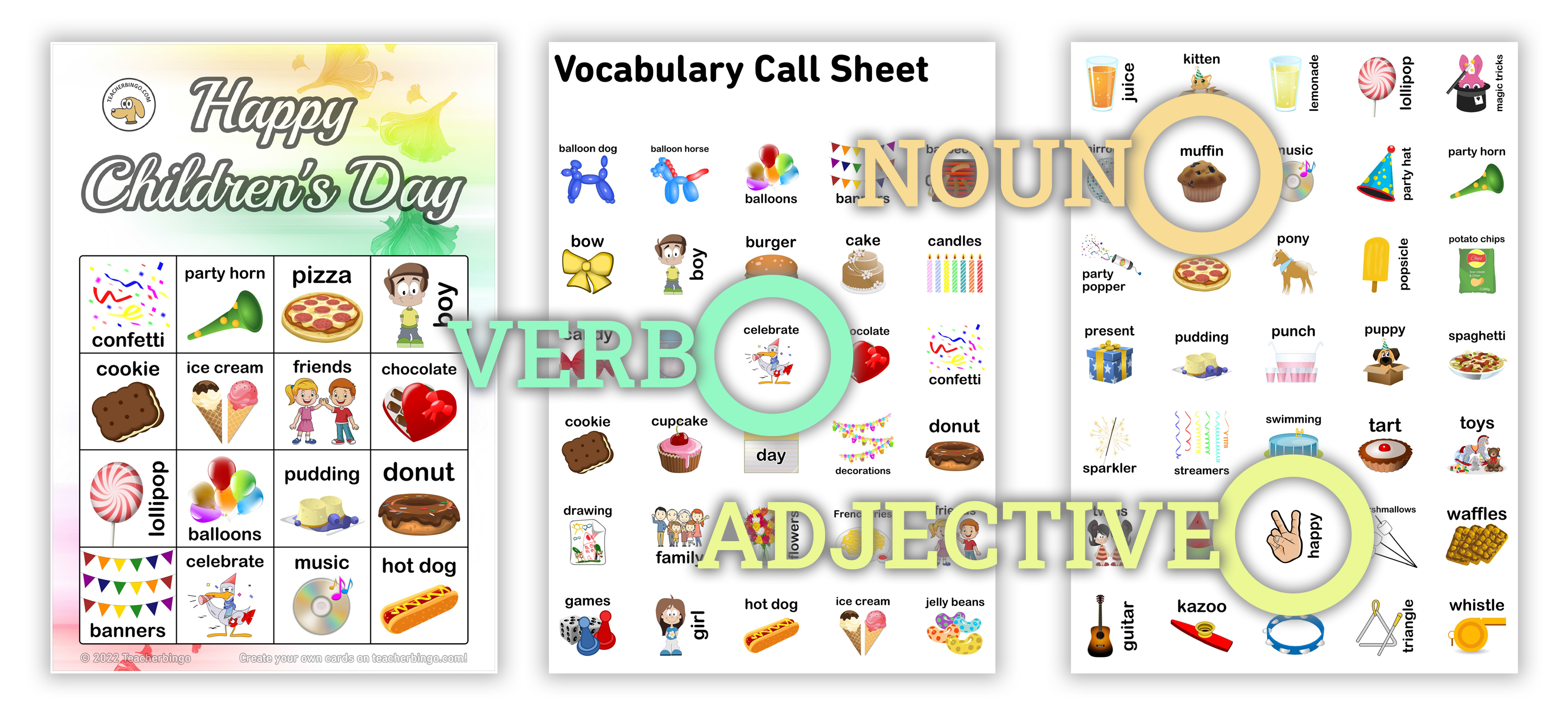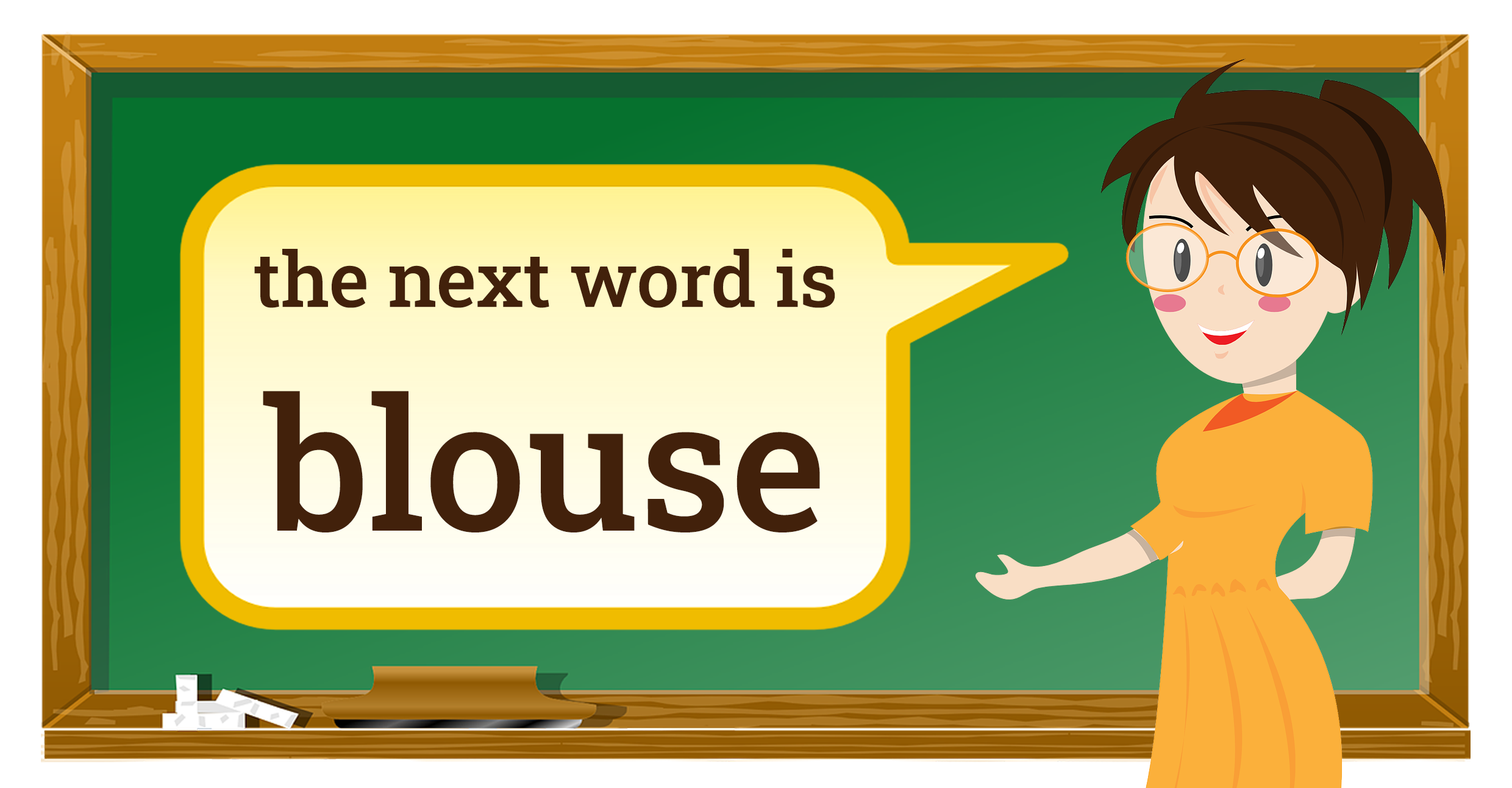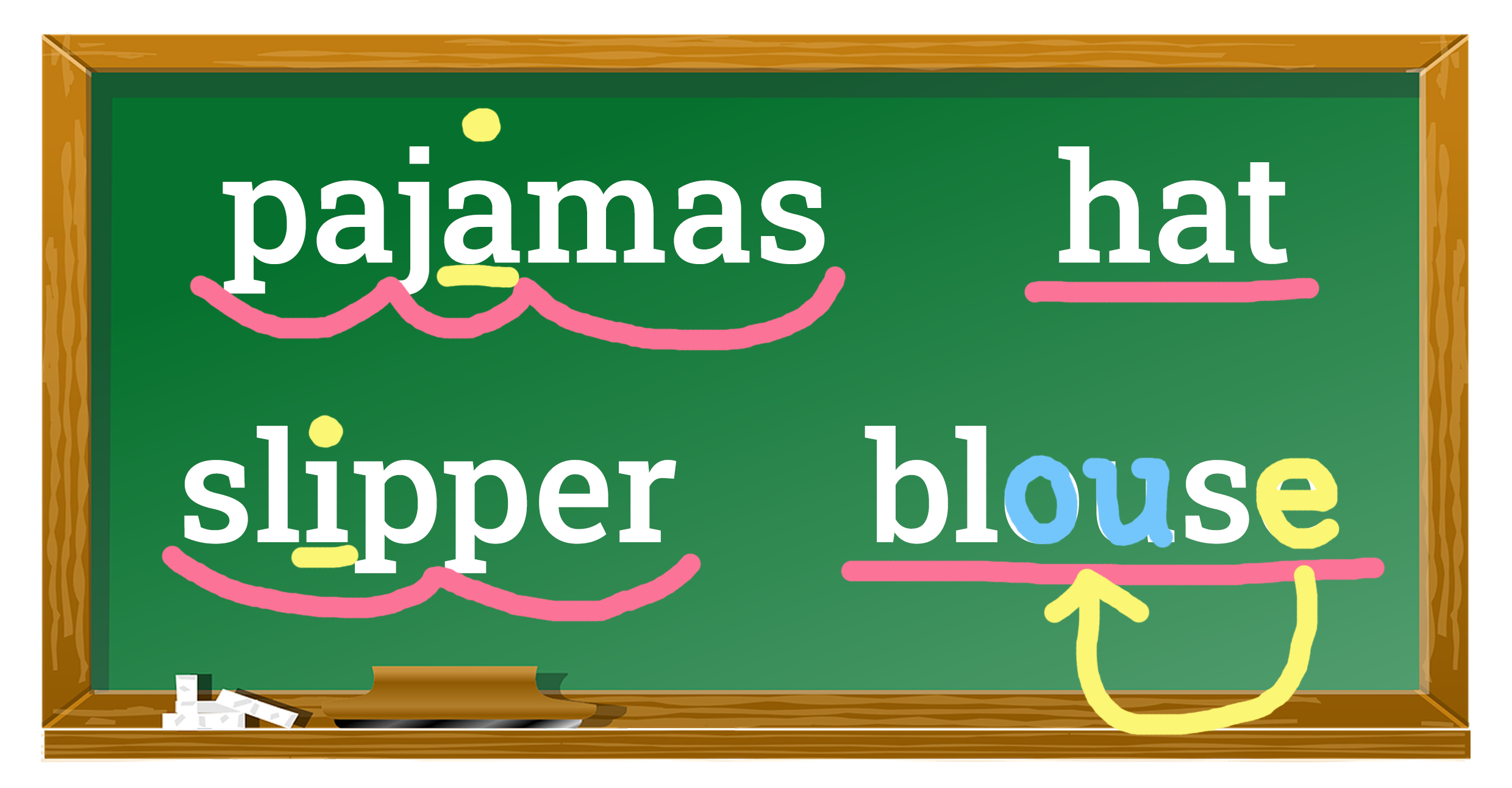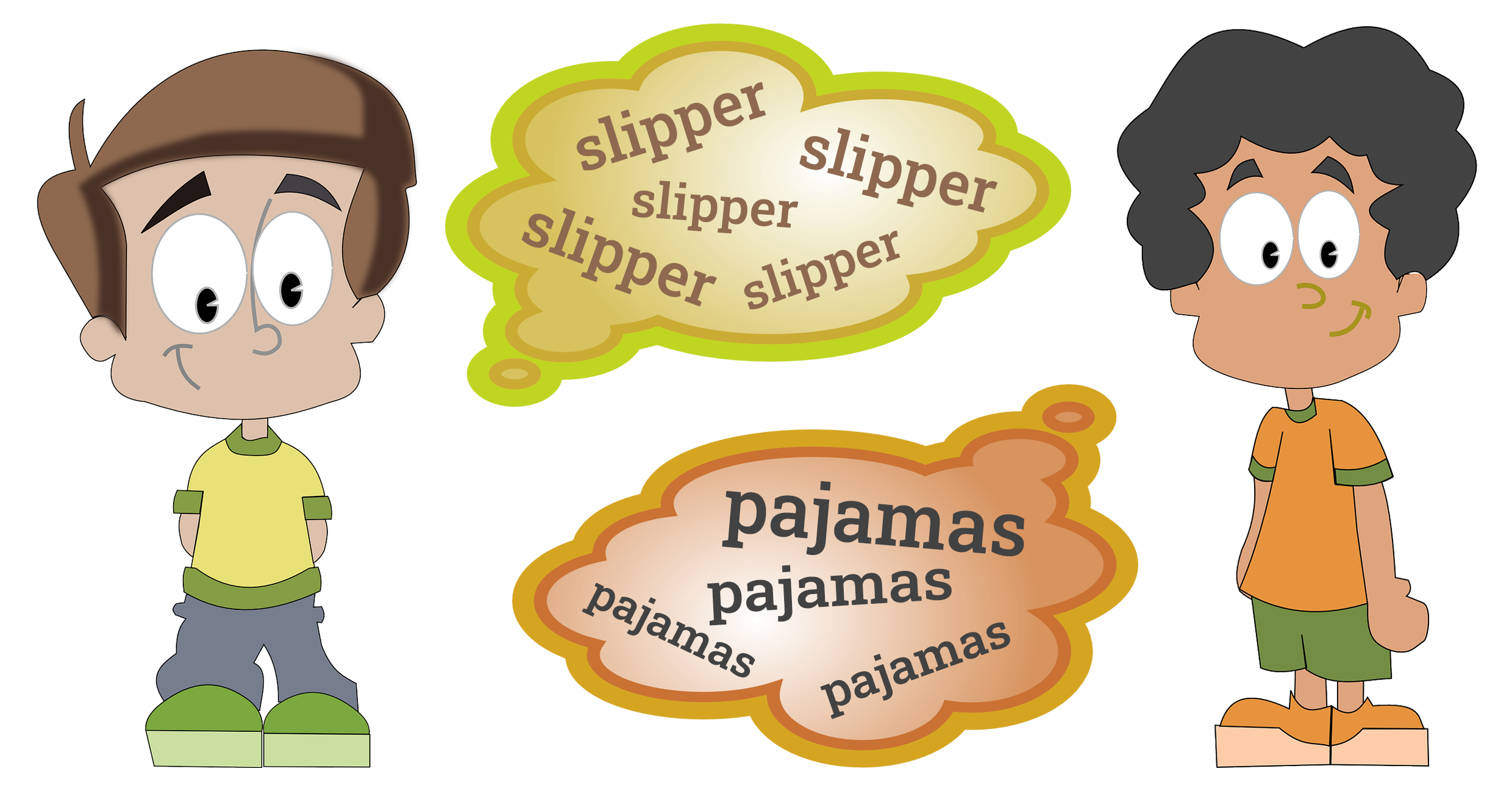What To Teach With Bingo
Teaching of Vocabulary
When playing Bingo with words, students utilize, acquire and/or review a wide variety of vocabulary. Here are a few suggestions for how many words you can expose your students to during a Bingo game:
| Kindergarten – Pre-School |
10 to 15 words of vocabulary with a 3x3 grid |
| Pre-School - Primary School |
20 to 40 words of vocabulary with a 4x4 grid |
| Primary School – Middle School |
30 to 75 words of vocabulary with a 5x5 grid |
| Middle School - High School |
40 to 100 words of vocabulary with a 6x6 grid |
| High School – Adult Education |
50 to 150 words of vocabulary with a 7x7 grid |
All Types of words like nouns, verbs, adjectives, adverbs, pronouns and prepositions are suitable. You can also let your students formulate phrases based on a word.

Especially if English is your student’s native language, describing the word might be a great way to practice and extend their vocabulary. Instead of calling out “swimming pool”, you, the game master could say “a tank, filled with water, made for aqueous exercise and joy”.
Teaching to Listen
When calling out the vocabulary, you do not have to show the image to the players. Instead, you could repeat the word (loudly and clearly) multiple times to let the players figure out the spelling themselves. This way, listening is a fundamental part of the gameplay. To make the game more entertaining, you can integrate a variety of additional phrases, for example, “Ladies and gentlemen, the
next piece of clothing from our repertoire is commonly known as BLOUSE” when calling out the next word.

Teaching Spelling and Phonetics
In order to mark a word of vocabulary on their bingo card it’s inevitable for each and every player to confirm the correctness of their marking. To do so, they need to know how to spell the called word. You can focus on this task whenever you write down a word of vocabulary on the board and assist your students in spelling and phonics. Say the letters out loud when you write them down, visualize syllables and demonstrate the relationship between letters. This part of the game works just as well for younger children as it does for adults who just started to learn English.

Helping Students With Easier Memorization
Because there’s a certain “satisfaction” in being the first to identify the word, earlier than everyone else, your students’ ears will be wide open, their attention will be absolutely focused, and their thoughts razor-sharp while you call out a word. While you are repeating the word multiple times even new vocabulary rapidly makes its way into your students’ memory as they’re engaged in the game. Especially with non-native speakers, you’ll experience that vocabulary will be remembered even before it will be translated into their native language. That’s the best-case scenario, for they have already remembered the word (in English) and only need to make the connection to their native language. When the second language is memorized before the translation, your students basically learn the language as if they grew up bilingual, which means: English won’t feel like an alien language.

Teaching other subjects
Bingo can also help with teaching:
Mathematics
Use a standard bingo game with numbers and instead of calling out “12”, call out:
“5 plus 7” (addition),
“20 minus 8” (subtraction),
“3 times 4” (multiplication) or
“36 over 3” (division).
Social Studies
Instead of “elephant”, call out “the largest land animal in the world”.
Instead of “Austin”, ask for “the capital of Texas”.
Instead of “orange” say “the color you get when you mix red and yellow”.
Let your imagination run wild and get creative! There’s a universe of ways out there to utilize the game of Bingo in your classroom!
How to start? Create your own tailor-made cards!